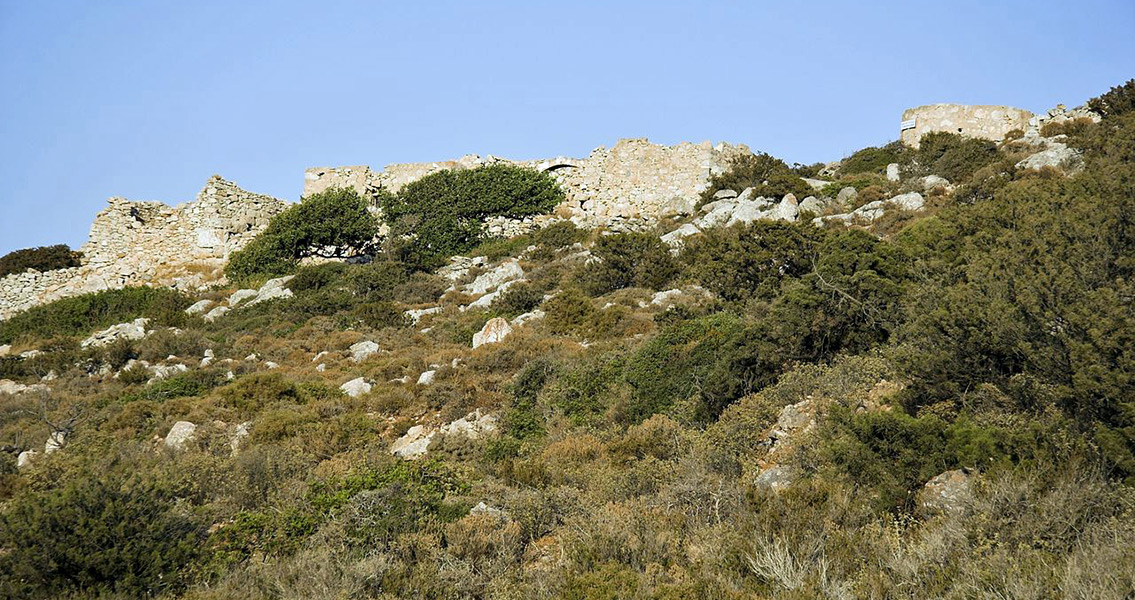<![CDATA[A man and a woman buried together in a position best described as “spoons in a drawer” are keeping the researchers who discovered them guessing, with no clear suggestions as to the reason for the unique arrangement of the bodies in sight. The burial was unearthed near the Mediterranean coast of Greece, in an area called Ksagounaki. The site, on a cliff, lies next to the Alepotrypa Cave, a known Neolithic settlement. So far, DNA analysis has established the gender of the skeletons and they have been dated back to 3,800 BCE. What remains a mystery is how they died, although the researchers are pretty certain their deaths occurred close together. What’s most fascinating, however, is the position of the bodies. The other two examples of joint burials of couples from prehistoric times that have been discovered featured the bodies laid next to each other, not embracing, and not even touching, explains one of the researchers, Michael Galaty, an anthropologist from Mississippi State University. Here, the man was laid behind the woman, with his arms around her and their legs intertwined. One relevant fact concerning the joint burial refers to Neolithic land rights. When people started leaving caves and building houses, they buried their dead nearby, not just for sentimental or religious reasons, but also as a kind of title to the land. This tradition survives to this day in Madagascar, where the bones of forefathers are traditionally used as evidence of land ownership. Alepotrypa Cave is known as one of the largest Neolithic settlements in southern Europe. People lived there between 5,000 and 3,000 BCE, but they apparently started settling into individual houses in the late Neolithic age, as suggested by the fact that the mysterious couple were discovered near an ancient house dated to the same period as the skeletons. The settlement of which the house was part seems to have been a large one with a “mortuary complex”, says Galaty, where the occupants buried their dead. Interestingly, some 2,000 years later, the Mycenaeans, the late Bronze Age civilisation which inhabited much of Greece at the time, dug the Ksagounaki settlement’s “graveyard” and reburied their own ancestors there. Galaty suggested that the knowledge of the Neolithic village had been passed down through generations, which is why many Mycenaeans chose the site as the last resting place of their dead. The research team is currently trying to establish where some of the Mycenaeans buried near the Alepotrypa Cave had lived, in the hope of gaining some insight into the death and burial rituals of the most advanced Bronze Age civilisation in the region. At the moment, the researchers are speculating that maybe only some special individuals were honoured with a burial near the Alepotrypa Cave, judging by artefacts found with the bodies, including beads, ivory hairpins, and a bronze dagger. The Mycenaeans have been immortalised in Homer’s Iliad as the leaders of the Greek forces that brought destruction on Troy. Historically, they were strongly influenced by the earlier Minoan civilisation that originated in Crete and later spread across the whole Aegean part of modern Greece. Little is known about the religious practices of the Mycenaeans, which makes the Ksagounaki site all the more important for archaeology, since it could offer some insight into rituals beyond animal sacrifice, libations, and food offerings to the gods. Image courtesy of Wikimedia Commons user: Zde ]]>
Neolithic “Spooning” Couple Baffles Scientists
